
The 13th Infopoverty World Conference was held in New York City last week. The focus of the United Nations-founded technology conference was “Innovations for Nation-Building and the Empowerment of People.” The conference was established to share new advances in the use of technology to solve problems in the developing world.
One tool that received a great deal of interest was a system that allowed ultrasounds to be taken in a rural location while the data was transferred to a doctor in a city hospital. Such a device makes ultrasounds more easily available for people living in rural areas while also offering the service at a lower cost to the patient and hospital. The Chinese company iMedcare Technologies Co. is responsible for the invention. By using real-time internet camera tools and simple on-site machinery, simpler medical tests such as ultrasounds may be conducted. This advancement in the medical field may eventually lead to a large variety of tests that could be run remotely in real-time.
Instead of doctors, residents of the rural areas could be employed and educated about the on-site machinery and doctors would be able to keep living near and seeing their many patients in more urban areas. While doctors would have to be present in person for more involved operations, this innovation in medical procedures may save lives by making medical care more easily available for many people in poor rural areas.
– Kevin Sullivan
Source: China Daily
Photo: PC World
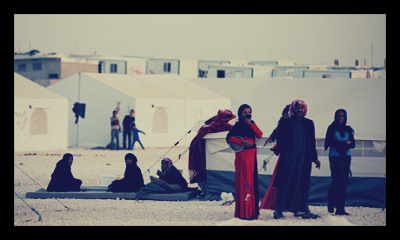
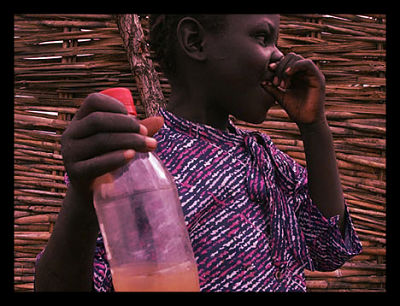
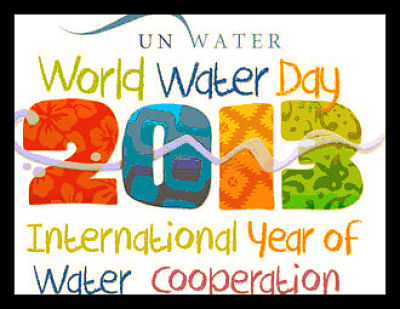
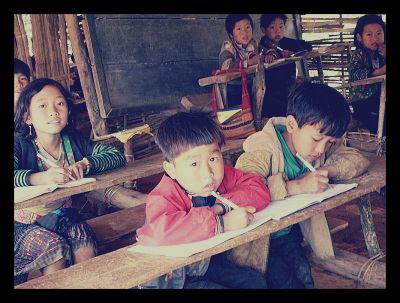 According to a new study released by the United Nations, global poverty has seen drastic decreased in recent times, and “up to 80 percent of the world’s middle class will live in developing countries by 2030.”
According to a new study released by the United Nations, global poverty has seen drastic decreased in recent times, and “up to 80 percent of the world’s middle class will live in developing countries by 2030.” The UN Food and Agriculture Organization (FAO) has partnered with the Gallup World Poll to redesign its system of measuring food security and is ready to begin testing. The new system is partially due to accusations of the FAO presenting inaccurate data on world hunger. The previous measurement of food security was based on calorie availability and was often regarded as too narrow a criterion, which resulted in the exclusion of many people who would meet the new, more extensive standards of hunger.
The UN Food and Agriculture Organization (FAO) has partnered with the Gallup World Poll to redesign its system of measuring food security and is ready to begin testing. The new system is partially due to accusations of the FAO presenting inaccurate data on world hunger. The previous measurement of food security was based on calorie availability and was often regarded as too narrow a criterion, which resulted in the exclusion of many people who would meet the new, more extensive standards of hunger.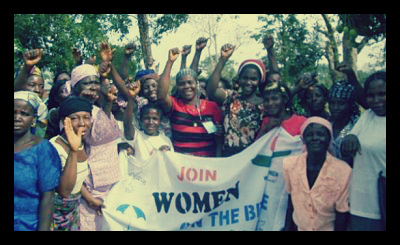
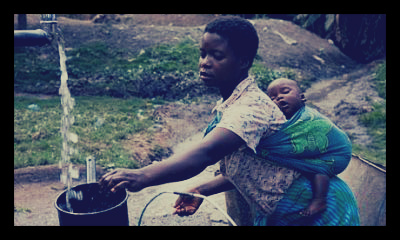 In 2020, more than 140 million girls will be attending a wedding – their own. Of these 150 million girls, 50 million will be attending their own wedding before they have even celebrated their 15th birthday.
In 2020, more than 140 million girls will be attending a wedding – their own. Of these 150 million girls, 50 million will be attending their own wedding before they have even celebrated their 15th birthday.

